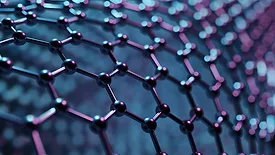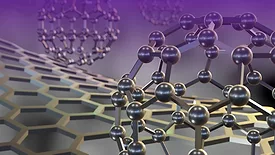Nanotechnology in Coatings
How environmental weathering generates microplastics and nanoplastics, their human exposure and toxicokinetics and the regulatory responses shaping sustainability.
Read More
PPG Examines Coatings That Power Smart Eyewear
How Optical Coatings are Powering the Future of Smart Eyewear and AR Devices — Enabling Clarity and Performance
Read More
Infrared-Reflective Coating Disrupts Facial Tracking
New Lens Coating Reflects NIR Light for Privacy and Optical Performance
Read More
Materials Informatics Platform Accelerates Product Development, Enabling Lean R&D
Unifying Raw Materials and Formulations Data as an Engine for Accelerated Innovation
Read More
A Surge in Non-PFAS Releases
Is the Paint and Coatings Industry Ready for the Big Transition?
Read More
Keep the info flowing with our eNewsletters!
Get the latest industry updates tailored your way.
JOIN TODAY!Copyright ©2025. All Rights Reserved BNP Media.
Design, CMS, Hosting & Web Development :: ePublishing











